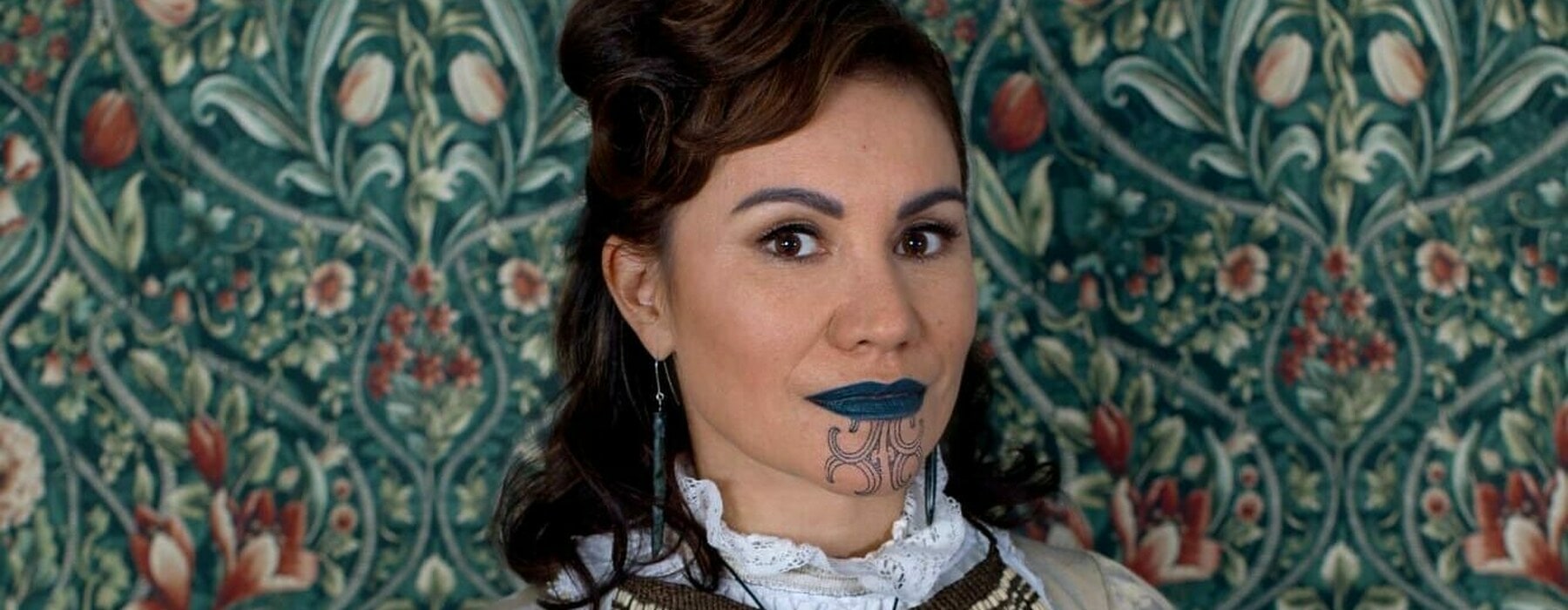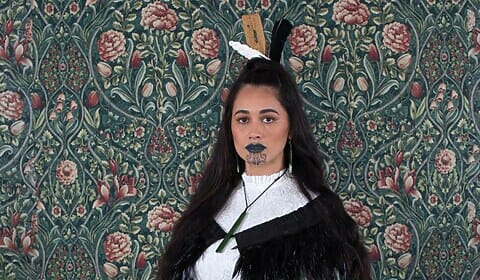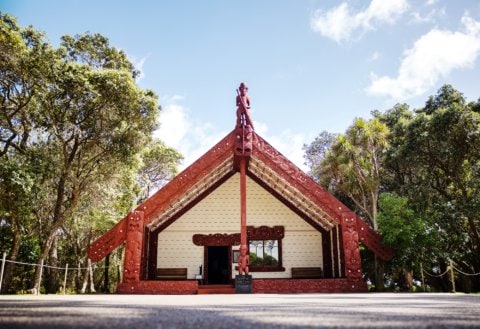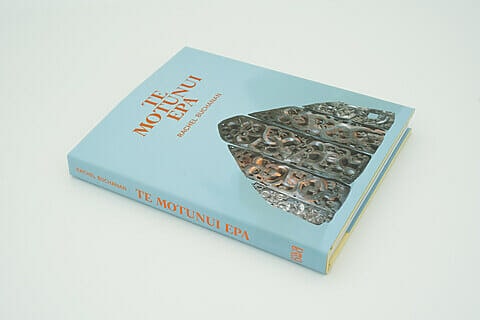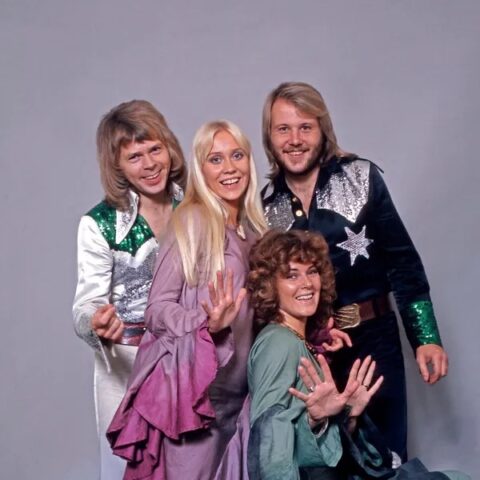Both an end and a beginning, Matariki is an important opportunity for reflection and resetting our focus, writes Stacey Morrison.
Growing up, I always felt that my birthday, June 25, fell at a particularly special time. I know kids always think their own birthday is special, but apart from it being my day, I thought maybe the symmetry of sitting right in the middle of the calendar year was why I had this feeling, or because people celebrated a midwinter Christmas.
Years later, I realised I must have been a Matariki baby, and that was enough confirmation for me that my hunch had been right, and somehow my Māoritanga spoke to me even in my ignorance of how Matariki heralds the Māori New Year.
Knowledge of Matariki was nearly erased in our country, but its resurgence, along with the opportunity to celebrate and connect, means there will soon be children who have a public holiday on their birthday if they’re born around the same time as me.
The actual date of our first national holiday for Matariki will be Friday, June 24, 2022. In years to come, the Matariki Advisory Group will let us know which Friday or Monday the public holiday will fall on.
Just as the dates of Christian Easter holidays are moveable and relate to the night skies (in the case of Easter, the date of the full moon is considered), the Matariki holidays will change according to when this star cluster reappears in the sky in June or July.
Matariki is seen in many parts of the world, and its many names include Subaru in Japan, Pleiades in Greek, and Mao in China. In Aotearoa there are also differences in beliefs and approaches among different iwi. For some iwi, Puanga (or Puaka, to Ngāi Tahu) is the star they celebrate to begin a new year, rather than Matariki, partially as it’s more visible in their region.
These iwi variances about Matariki or Puanga create another layer of richness, and give us proverbs such as “Puanga kai rau” – the abundant harvest of Puanga. Thankfulness for the abundance of food harvested was important to our ancestors, and even though we may forage from our supermarkets these days, mindful gratitude for the kai we eat never becomes irrelevant.
Matariki disappears or sets around April or May, which is a signal to preserve crops ready for winter, and rises and reappears in June or July. As the stars rose, our tūpuna would read them to understand what was coming up in the next season. Clear, bright stars told them a warm winter was ahead, while hazy stars gave warning for a bleak winter.
Clear, bright stars told them a warm winter was ahead, while hazy stars gave warning for a bleak winter
Matariki has long been a time for people to gather together to survive the winter months, to pass on knowledge, remember the past (particularly loved ones we’ve lost), and plan for the new year. It’s a time for unity and reflection and to design our hopes for the future.
There are nine stars in the Matariki cluster – though seven used to be the commonly referenced number – and once you know each of their distinct roles and insights, you wouldn’t want to lose any of them.
As well as providing the overarching name, there is a star that is Matariki, the mother of the other stars in the cluster, who represents our connection to each other, the environment, health and wellbeing. Pōhutukawa carries the spirits of those who have passed over the last year, and so we acknowledge this guardianship she offers.
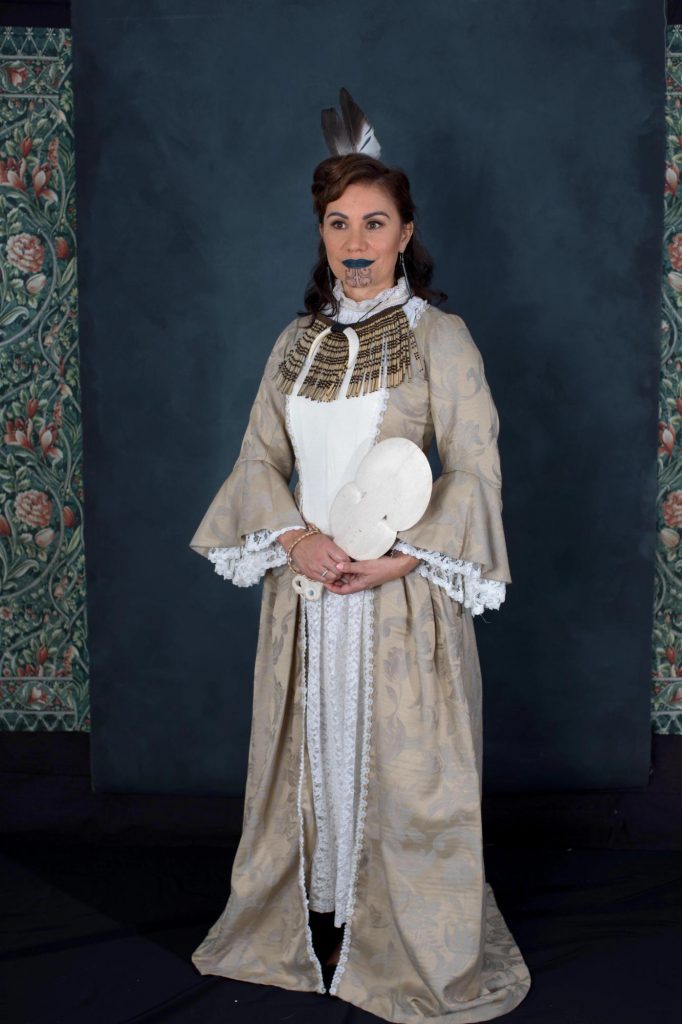
Tupuānuku is connected to food that grows in the ground, and experts can determine if crops will be plentiful in the year ahead according to how this star is presenting. Tupuārangi is also related to planted crops, as well as food from above ground, such as birds and fruit, and there are signs in this star as to what to expect in the year ahead.
Waitī correlates with food that comes from freshwater sources, whereas Waitā is pertinent to food that comes from saltwater. Waipunarangi tells us about the rain, and Ururangi offers understanding of the winds. Hiwa-i-te-rangi is our wishing star, the youngest in the kāhui (cluster), who carries our heartfelt wishes for the year ahead.
Matariki may be a star cluster, but our holistic worldview reminds us that all parts of the environment are interconnected, and so Matariki can give us signs of what lies ahead in the new year. Some of the stars are recognised as male and some are female, and that balance offers strength to the collective.
To see the Matariki cluster, look for what you probably know as Orion’s Belt, or the bottom of “the pot”, and follow the three stars across the sky to the left until you find Matariki. It’s a small, tight cluster – perhaps not as grand as you might be expecting – but once you know what you’re looking for, you’ll see it more easily and, in my experience, it will start to jump out at you. Once the Matariki period has finished, the cluster actually becomes easier to see, from earlier in the morning and until later at night.
Matariki celebrations are now common in many parts of our country and can include everything from feasts to creative performance, wānanga (workshops) about Matariki and the maramataka – the Māori lunar calendar, which is also experiencing a resurgence.
Traditional karakia happen predawn, often on hilltops and maunga. As well as the fact you can see the star cluster well at that time, predawn is a spiritual time in Māori beliefs, and when our incantations and wishes are heard most powerfully. Some city councils now work with mana whenua – the enduring iwi of their area – to launch their Matariki festivals with predawn karakia that are open to the public. If you can manage to get up that early, you’ll be rewarded by a very special and touching experience.
The way we celebrate will no doubt evolve too, and as we enjoy our new holiday, I hope the true spirit and essence of this ancient tradition will be carried by all New Zealanders who look to the night sky.
I hope the true spirit and essence of this ancient tradition will be carried by all New Zealanders who look to the night sky
Dr Rangi Mātāmua, the chair of the Matariki Advisory Group, says it’s a good time to reflect on your place in the world, to reawaken old skills or try out new ones and to set new goals. “It is about the best things of humanity, such as being kind to each other, aroha. It’s about charity, hope. It’s about promise.”
As busy women, we often find it hard to get time to reset, reflect and take a moment to acknowledge what the past year has held for us. My wish to Hiwa-i-te-rangi this Matariki will include a hope that we take heed of this reminder from our environment, from the unique native understandings of our tangata whenua, that we deserve this time of celebration, and it can help us all shine.

